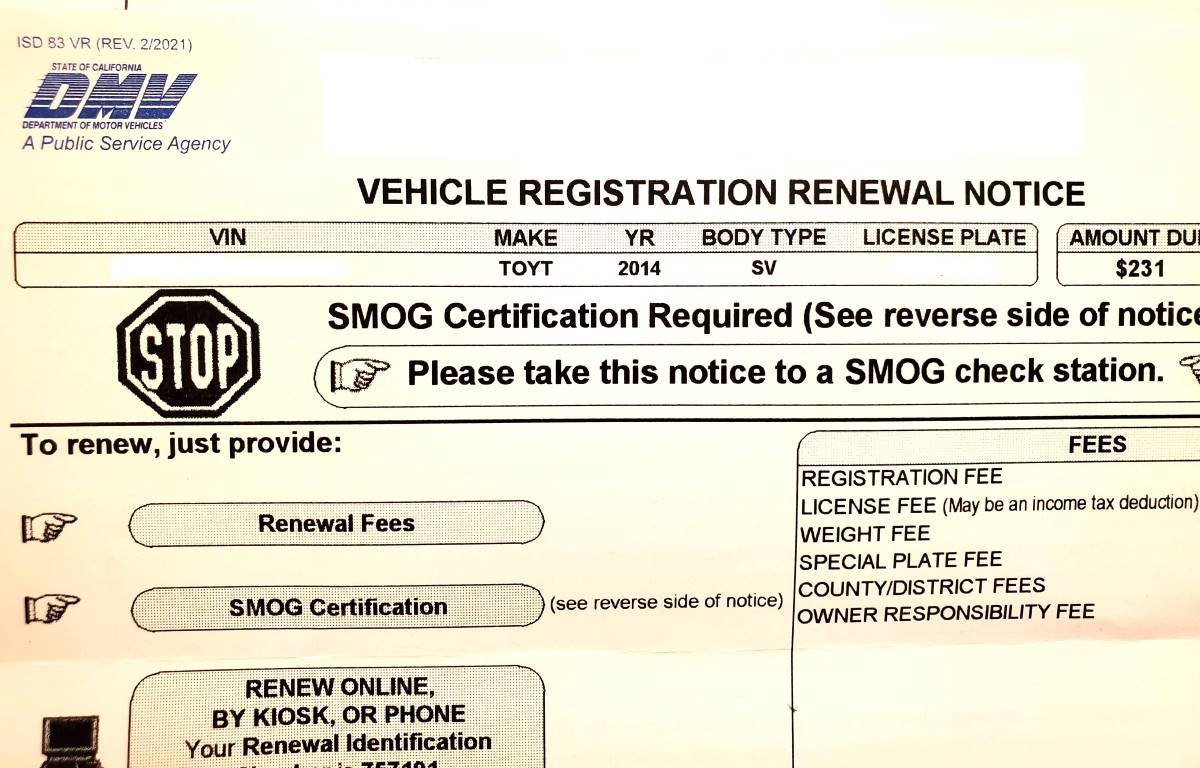Victims of severe winter storms, flooding, and mudslides in California beginning January 8, 2023, now have until May 15, 2023, to file various individual and business tax returns and make tax payments, the Internal Revenue Service announced today.
The IRS is offering relief to any area designated by the Federal Emergency Management Agency (FEMA). This means that individuals and households that reside or have a business in Colusa, El Dorado, Glenn, Humboldt, Los Angeles, Marin, Mariposa, Mendocino, Merced, Monterey, Napa, Orange, Placer, Riverside, Sacramento, San Bernardino, San Diego, San Joaquin, San Luis Obispo, San Mateo, Santa Barbara, Santa Clara, Santa Cruz, Solano, Sonoma, Stanislaus, Sutter, Tehama, Ventura, Yolo and Yuba counties qualify for tax relief. Other areas added later to the disaster area will also qualify for the same relief. The current list of eligible localities is always available on the disaster relief page on IRS.gov.
The tax relief postpones various tax filing and payment deadlines that occurred starting on January 8, 2023. As a result, affected individuals and businesses will have until May 15, 2023, to file returns and pay any taxes that were originally due during this period.
This includes 2022 individual income tax returns due on April 18, as well as various 2022 business returns normally due on March 15 and April 18. Among other things, this means that eligible taxpayers will have until May 15 to make 2022 contributions to their IRAs and health savings accounts.
In addition, farmers who choose to forgo making estimated tax payments and normally file their returns by March 1 will now have until May 15, 2023, to file their 2022 return and pay any tax due. The May 15, 2023, deadline also applies to the quarterly estimated tax payments, normally due on January 17, 2023, and April 18, 2023. This means that individual taxpayers can skip making the fourth quarter estimated tax payment, normally due January 17, 2023, and instead include it with the 2022 return they file, on or before May 15.
The May 15 deadline also applies to the quarterly payroll and excise tax returns normally due on January 31 and April 30, 2023. In addition, penalties on payroll and excise tax deposits due on or after January 8, 2023, and before January 23, 2023, will be abated as long as the tax deposits are made by January 23, 2023.
The IRS disaster relief page has details on other returns, payments and tax-related actions qualifying for the additional time.
The IRS automatically provides filing and penalty relief to any taxpayer with an IRS address of record located in the disaster area. Therefore, taxpayers do not need to contact the agency to get this relief. However, if an affected taxpayer receives a late filing or late payment penalty notice from the IRS that has an original or extended filing, payment or deposit due date falling within the postponement period, the taxpayer should call the number on the notice to have the penalty abated.
In addition, the IRS will work with any taxpayer who lives outside the disaster area but whose records necessary to meet a deadline occurring during the postponement period are located in the affected area. Taxpayers qualifying for relief who live outside the disaster area need to contact the IRS at 866-562-5227. This also includes workers assisting the relief activities who are affiliated with a recognized government or philanthropic organization.
Individuals and businesses in a federally declared disaster area who suffered uninsured or unreimbursed disaster-related losses can choose to claim them on either the return for the year the loss occurred (in this instance, the 2023 return normally filed next year), or the return for the prior year (2022, normally filed this tax season). Be sure to write the FEMA declaration number – 3691-EM − on any return claiming a loss. See Publication 547 for details.
The tax relief is part of a coordinated federal response to the damage caused by these storms and is based on local damage assessments by FEMA. For information on disaster recovery, visit disasterassistance.gov
www.irs.gov/newsroom/irs-announces-tax-relief-for-victims-of-severe-winter-storms-flooding-and-mudslides-in-california










